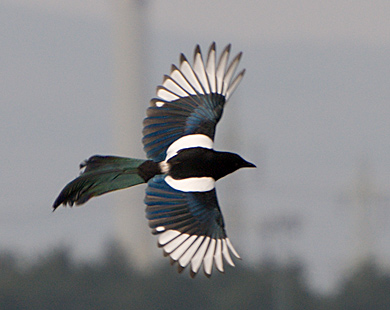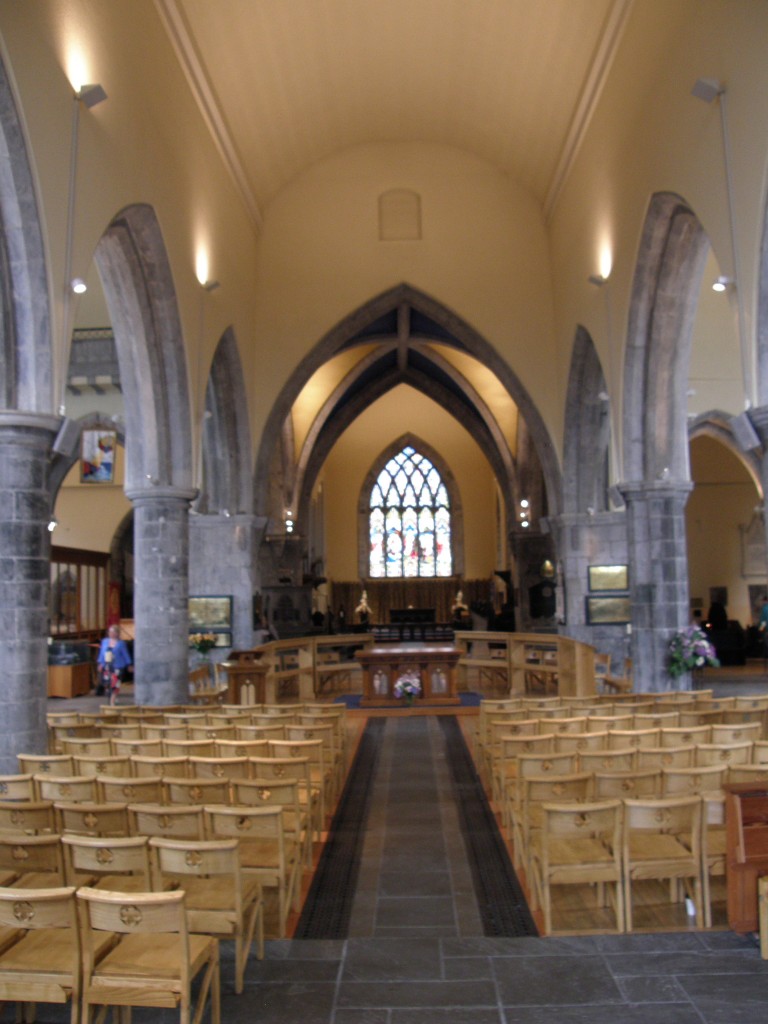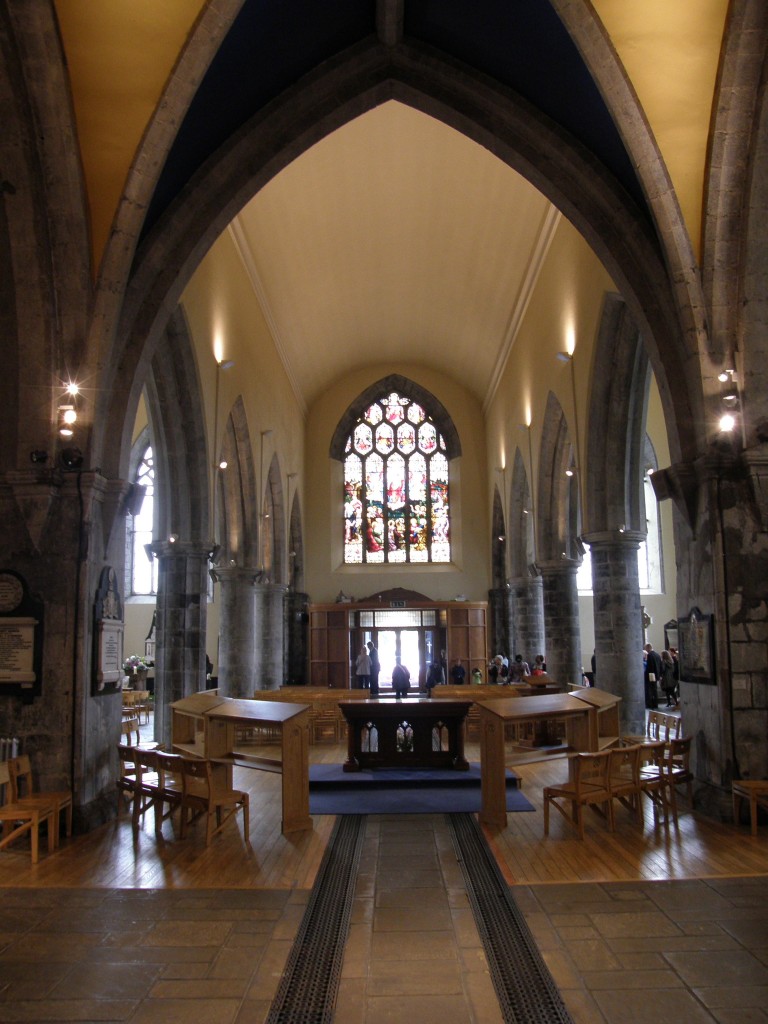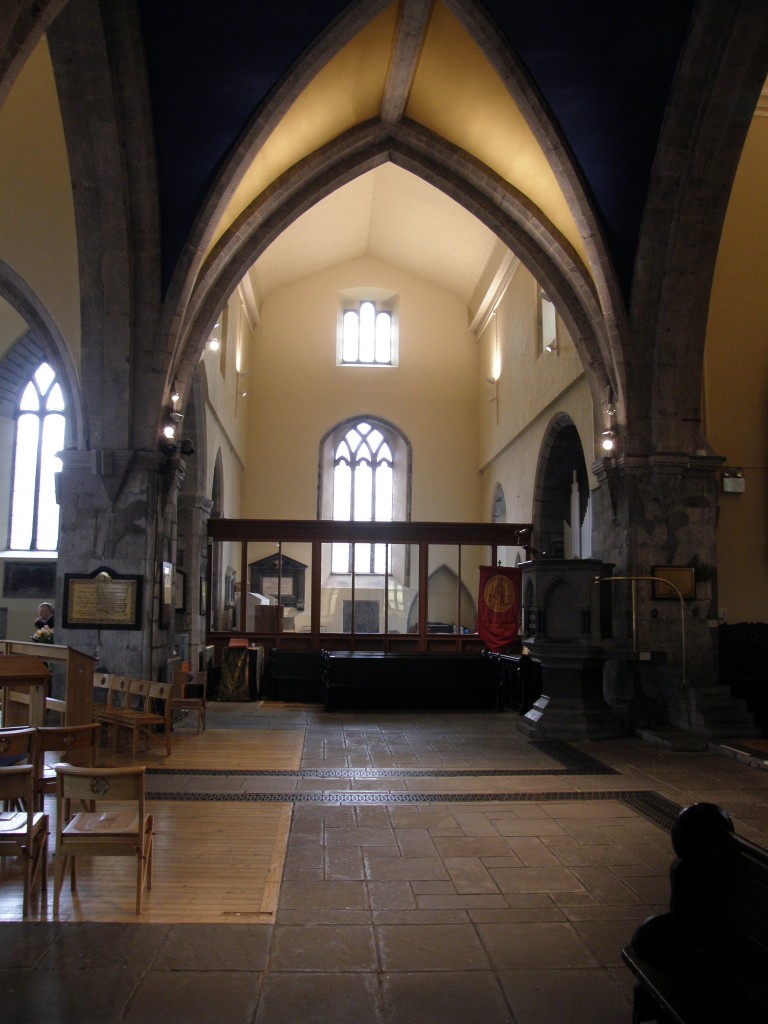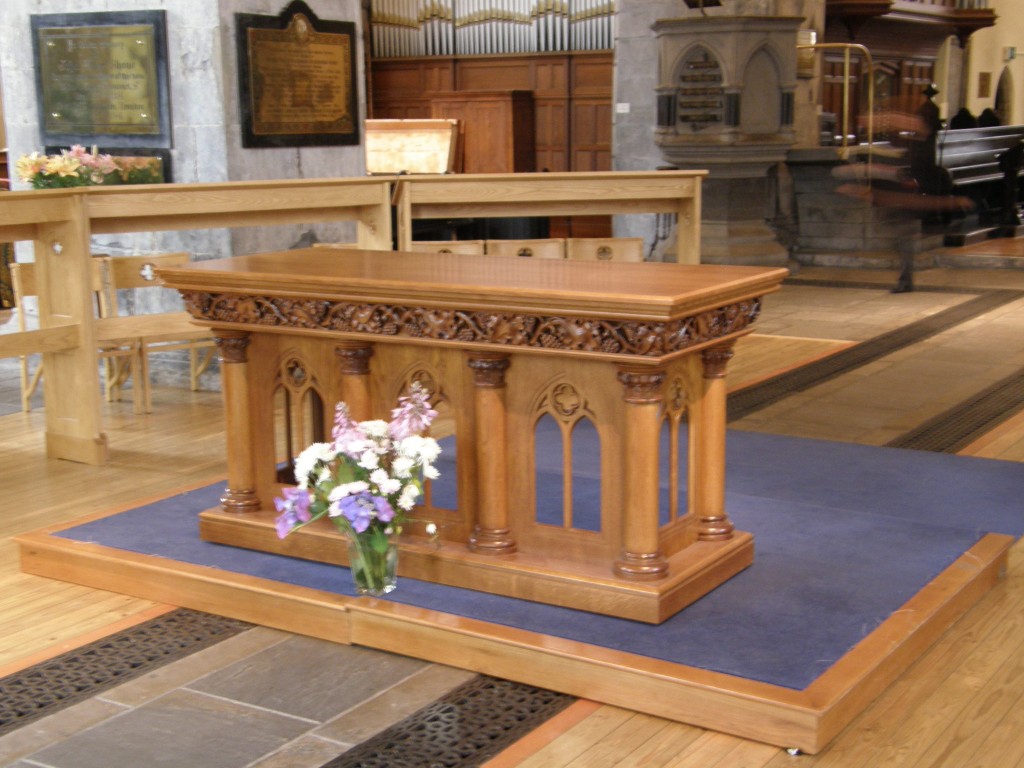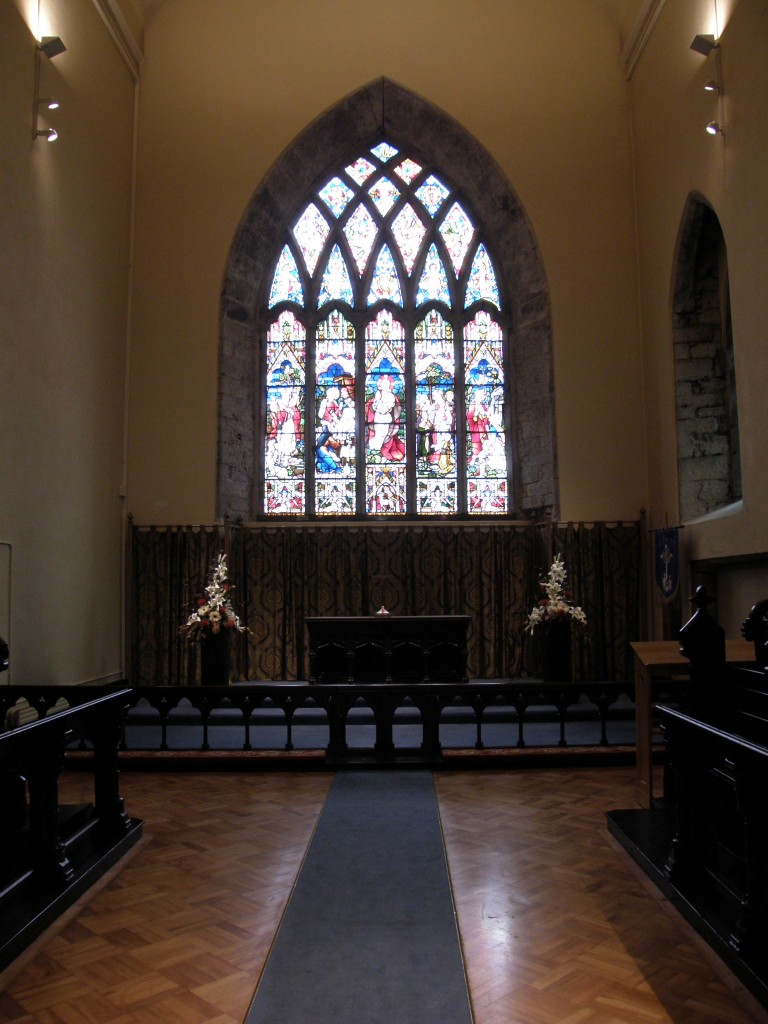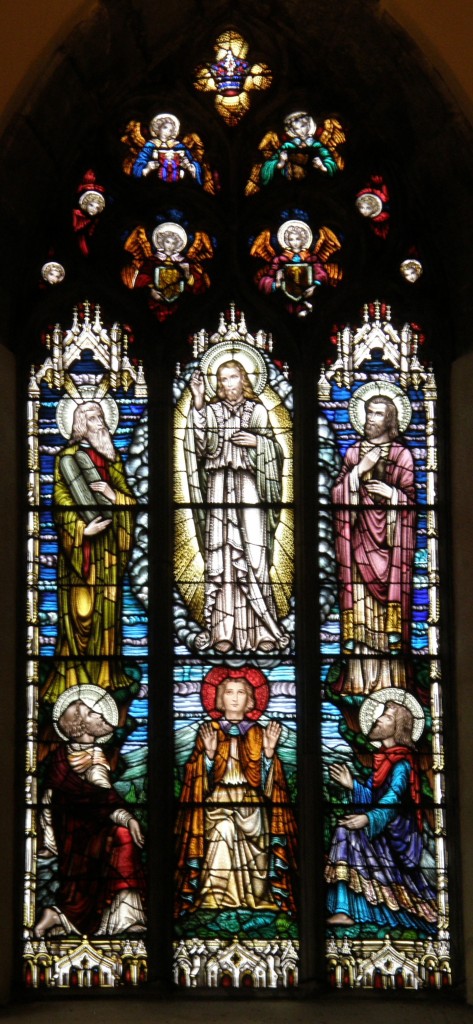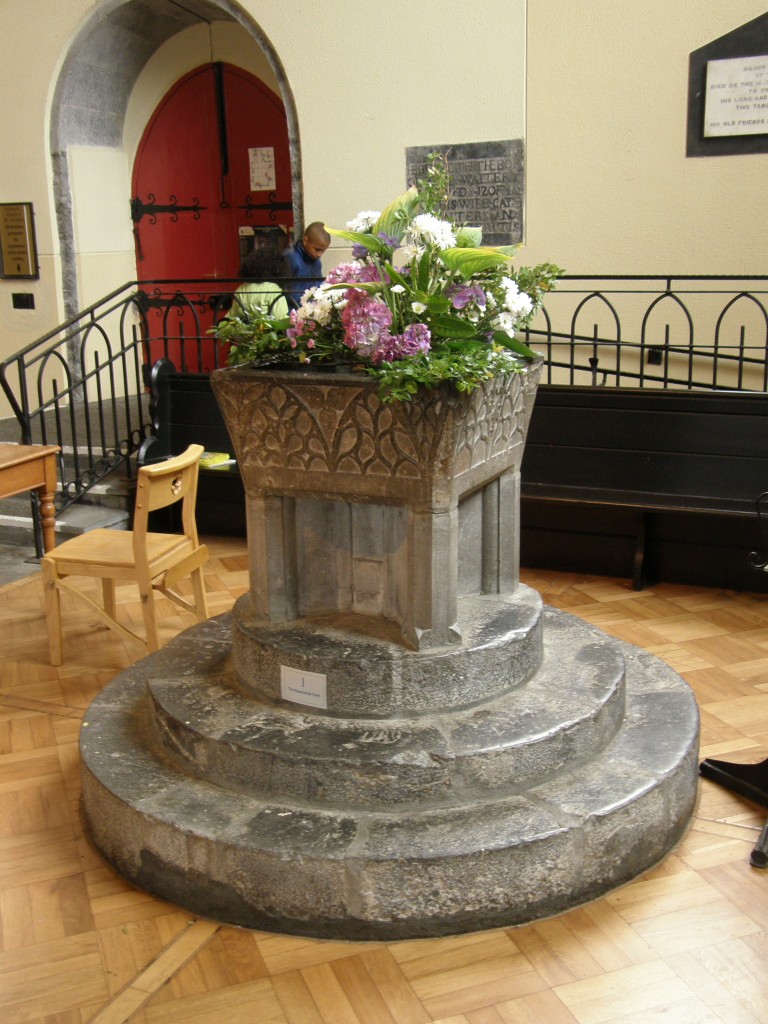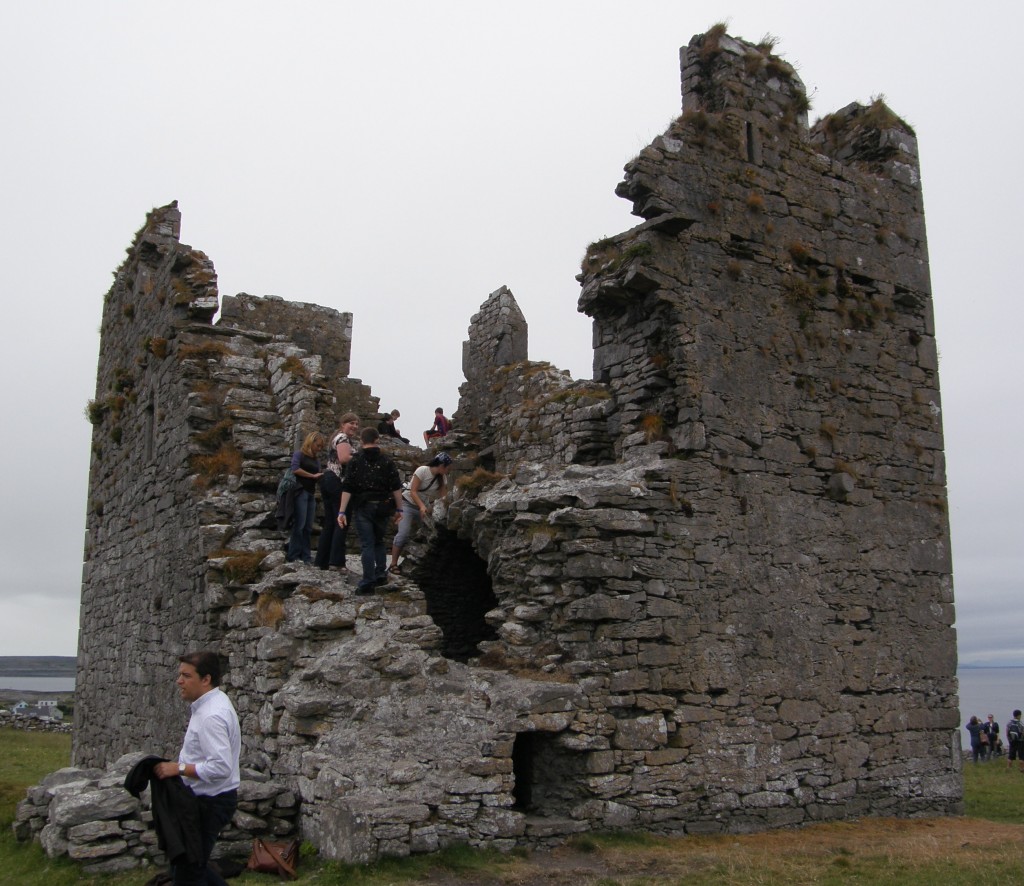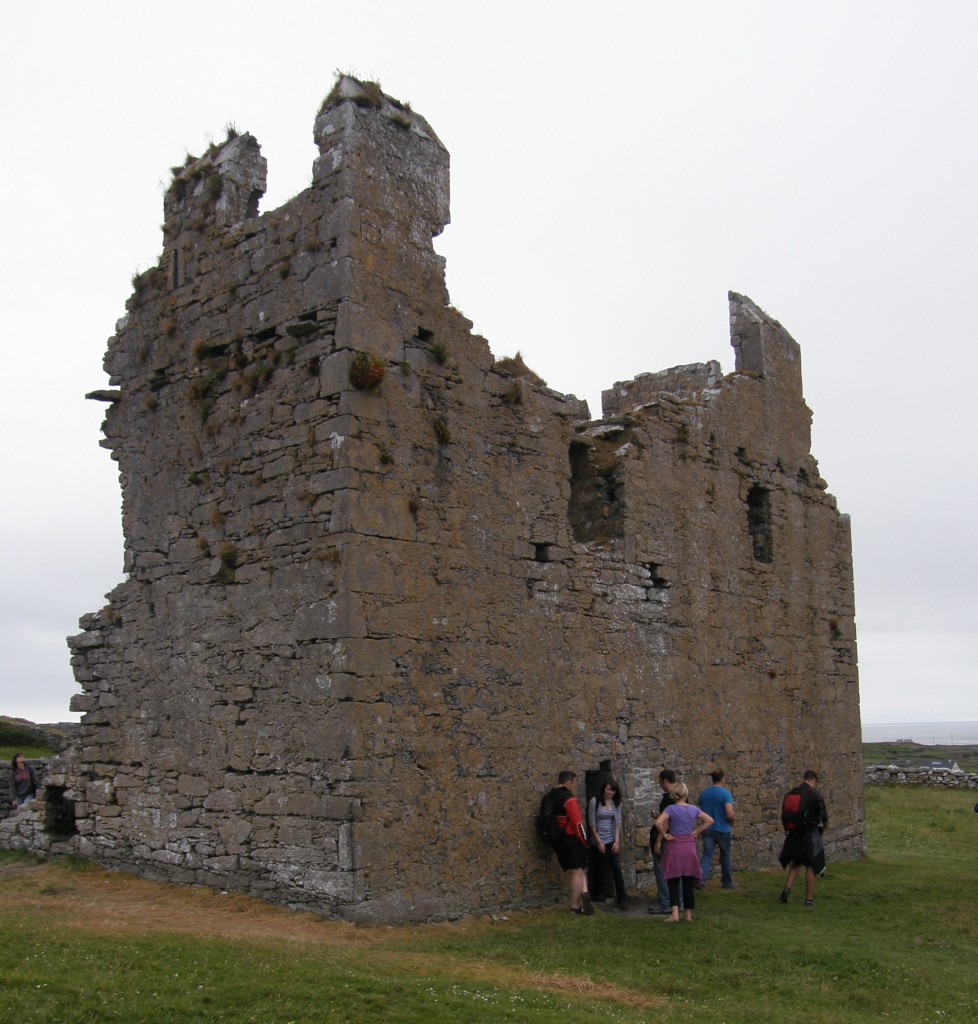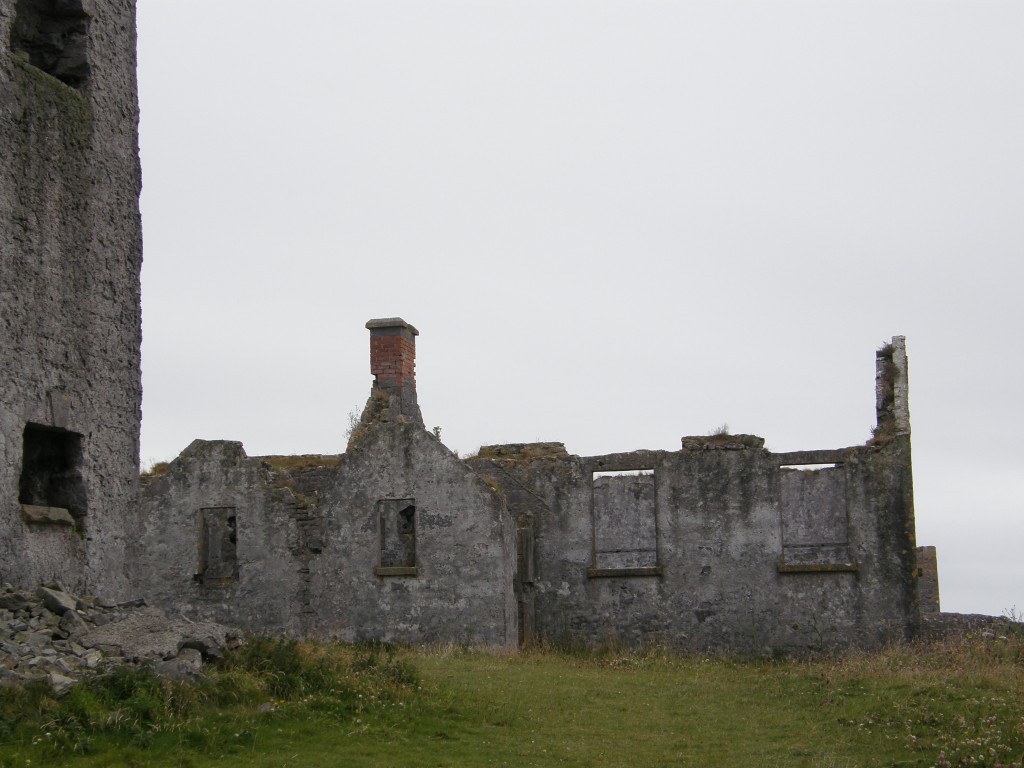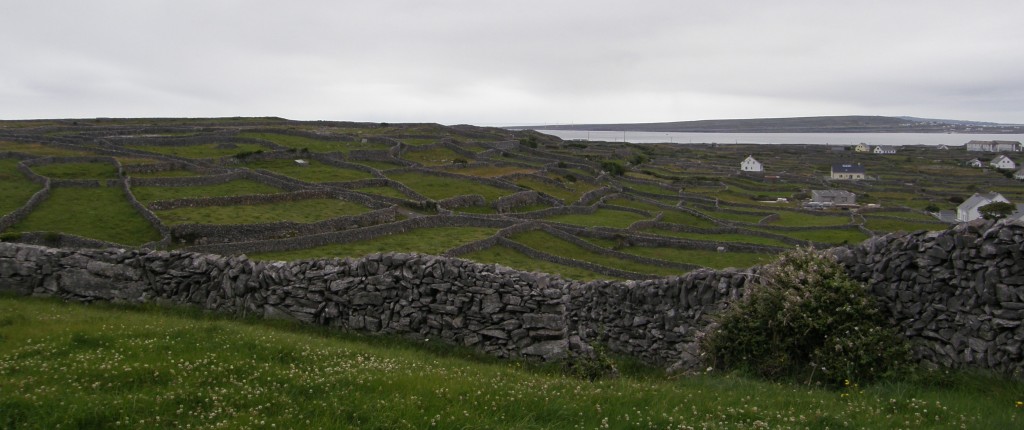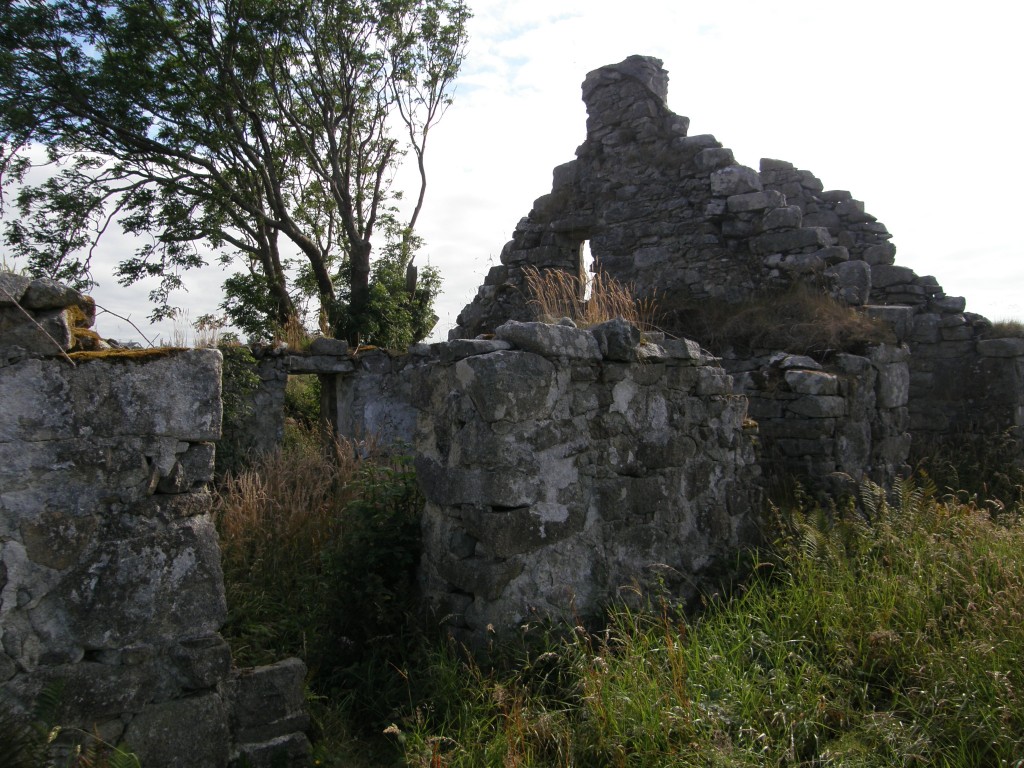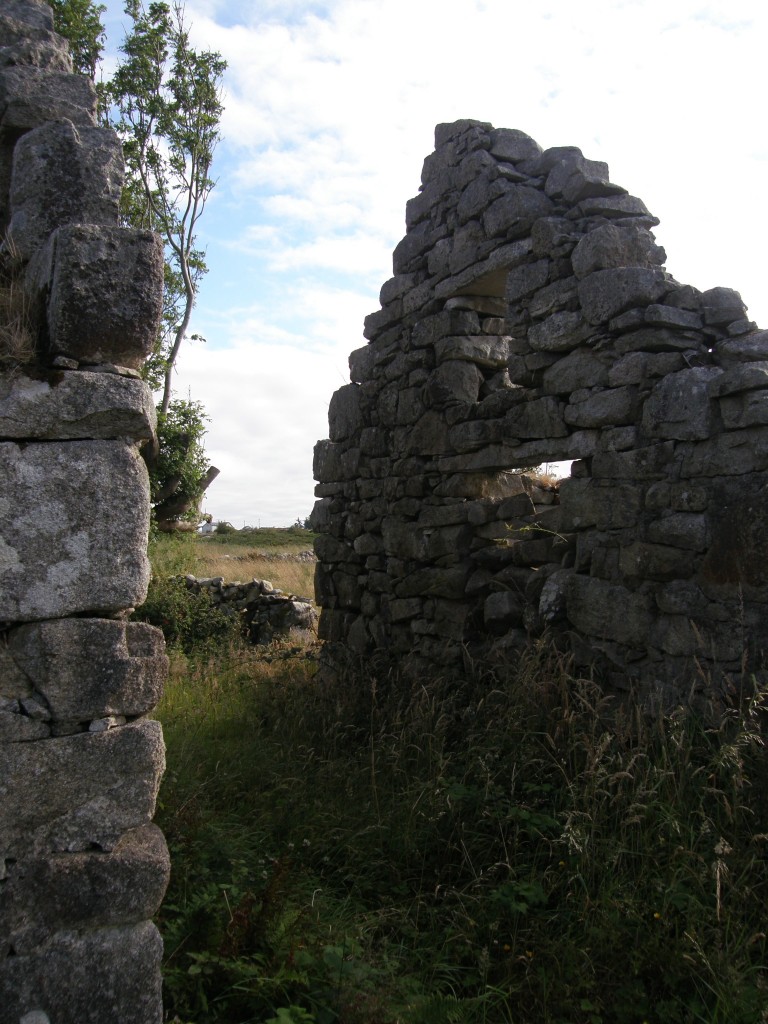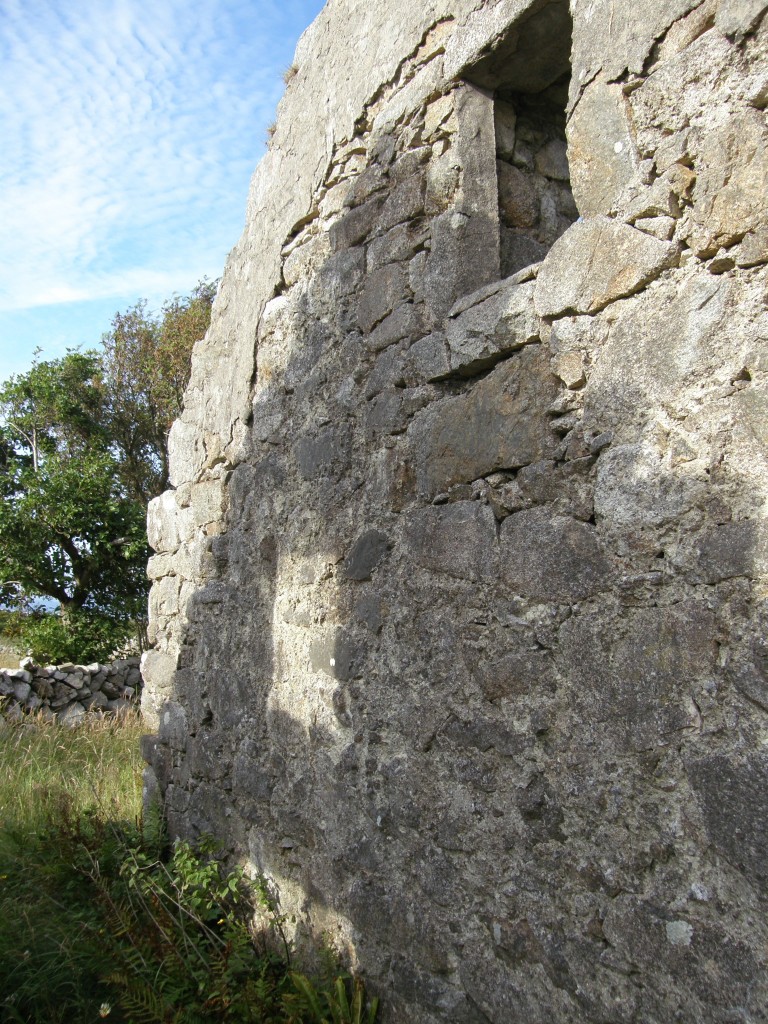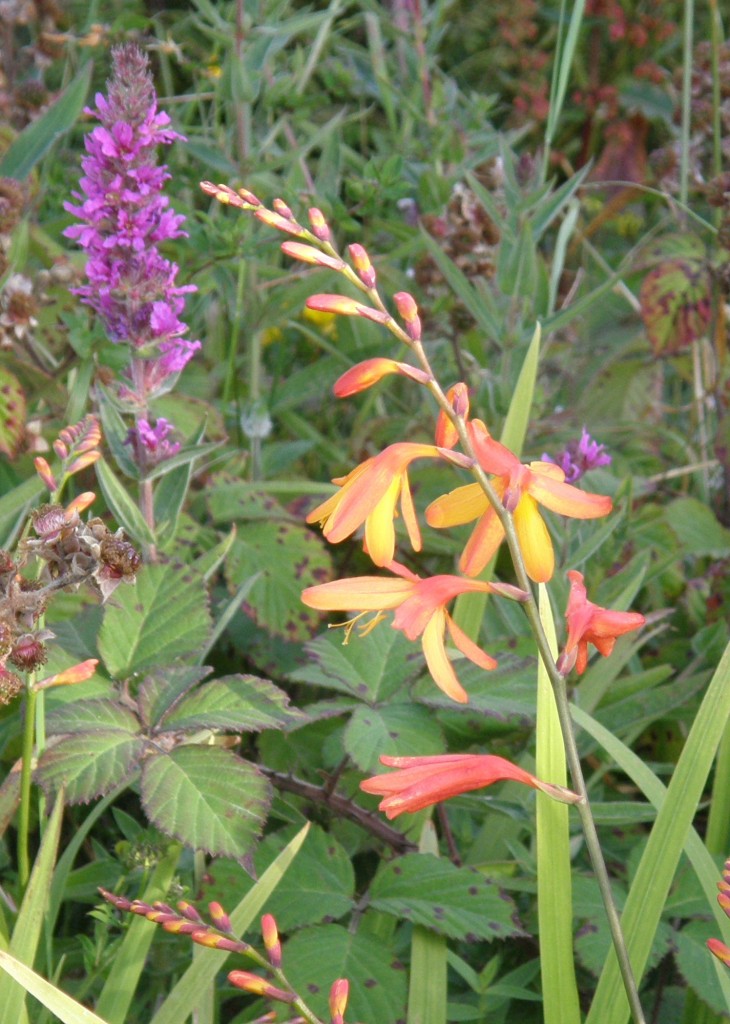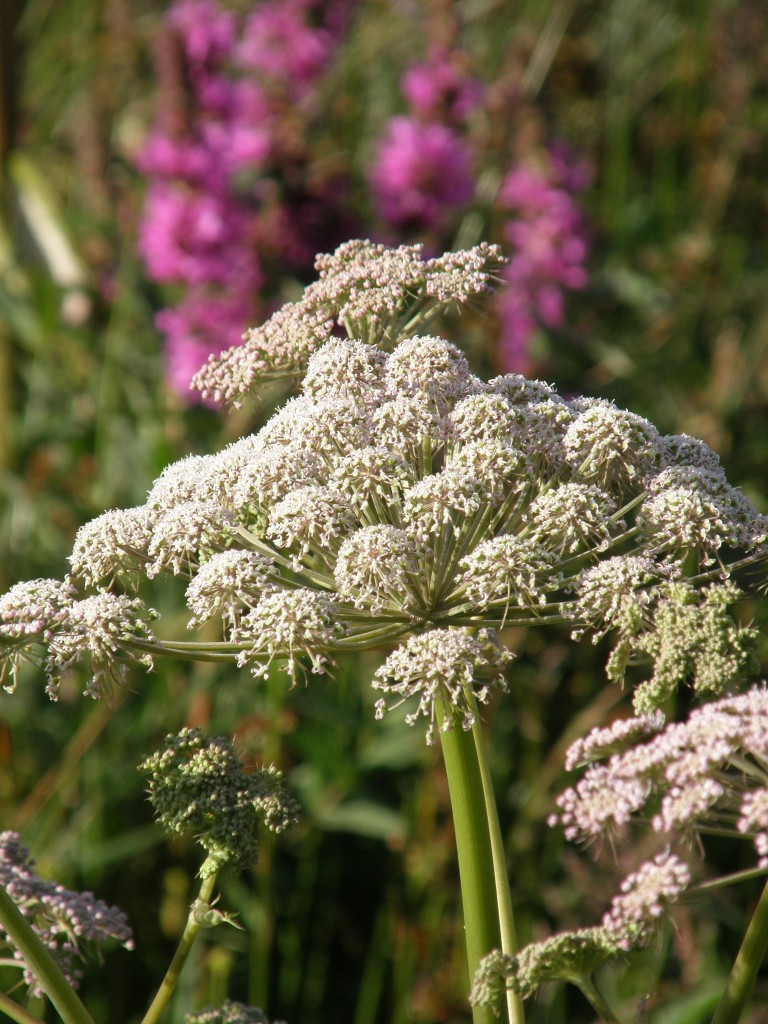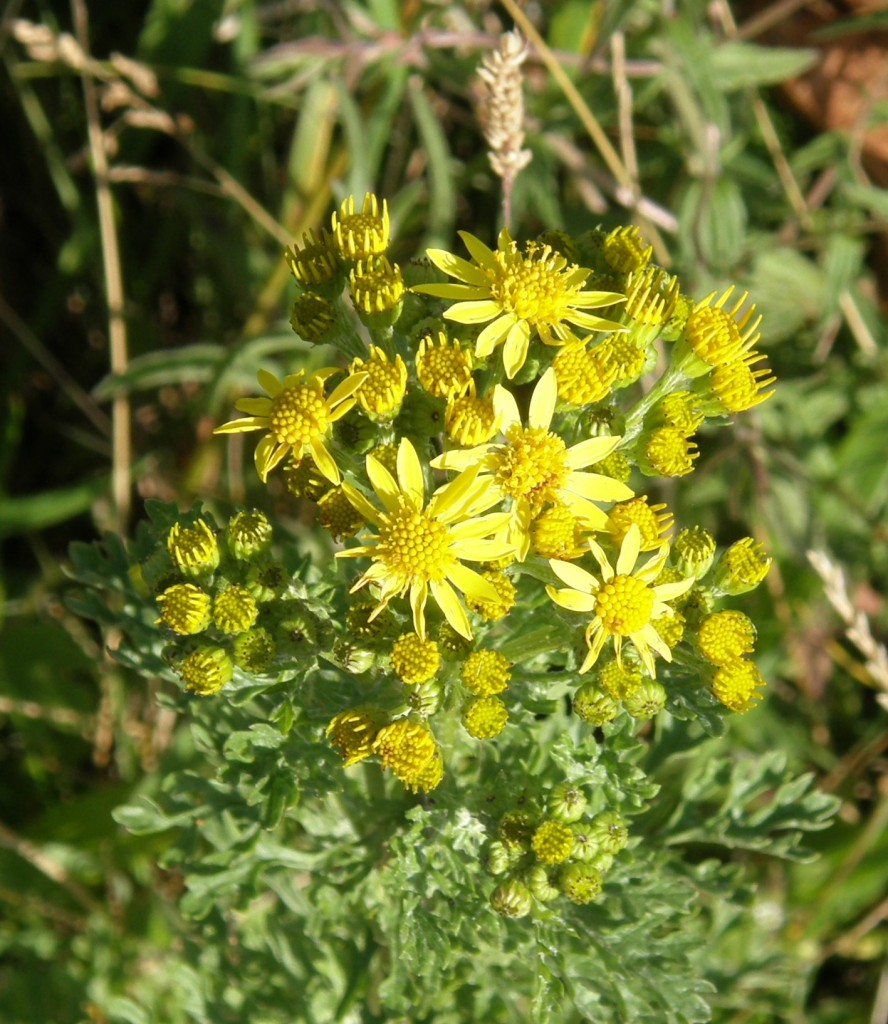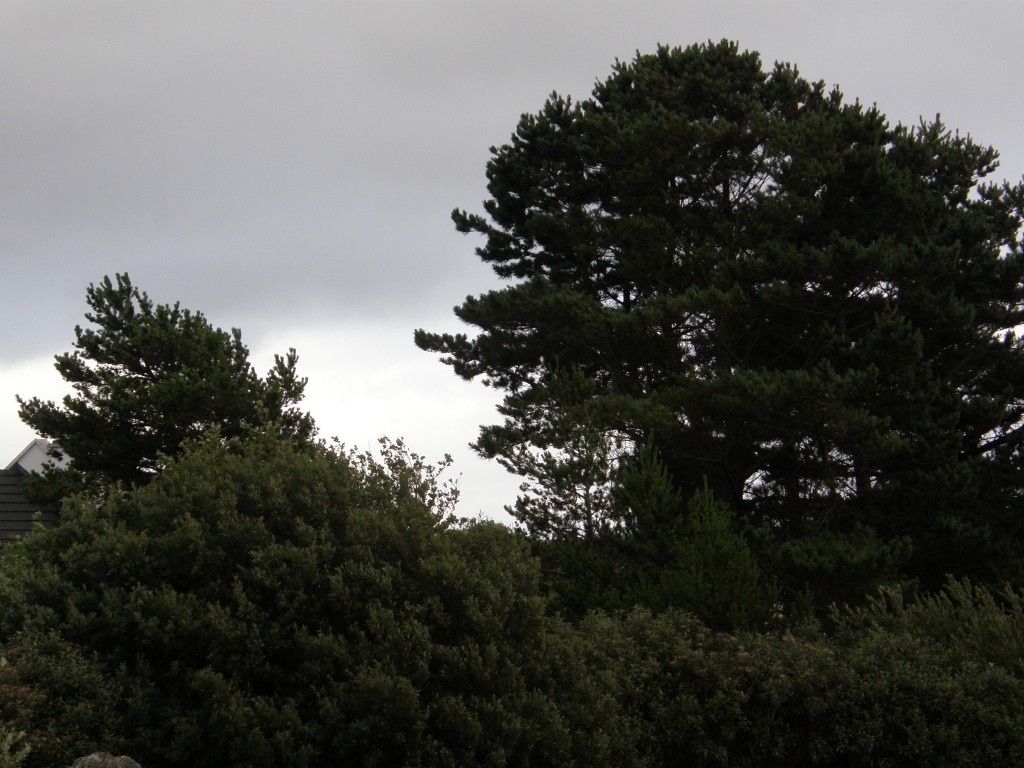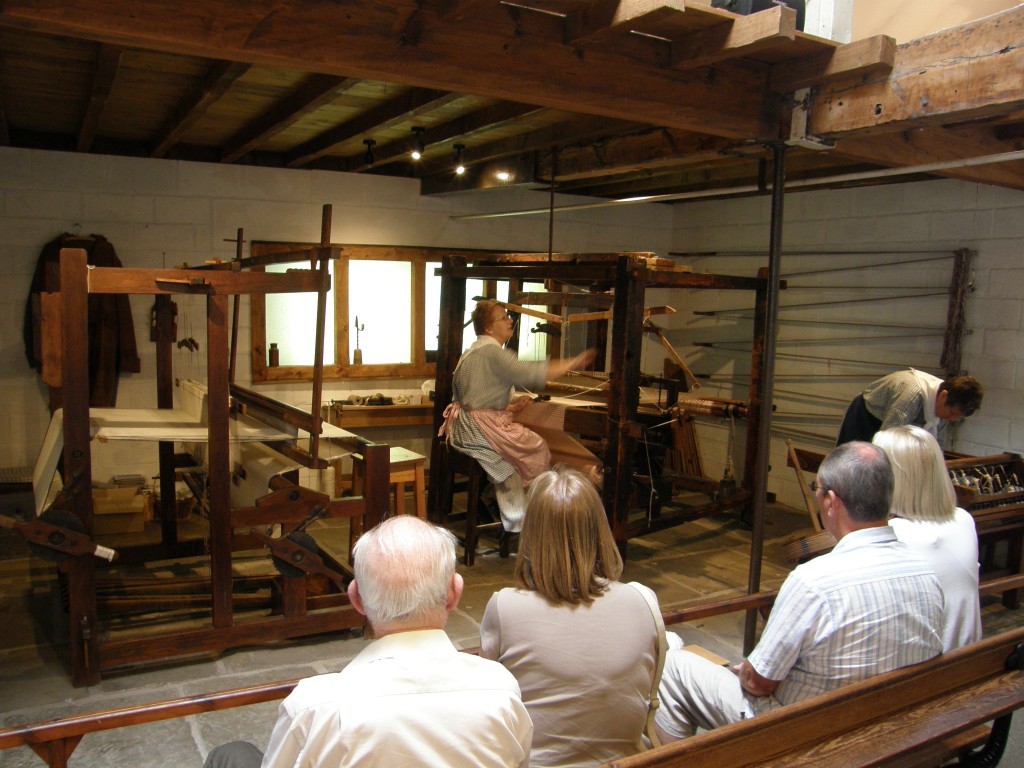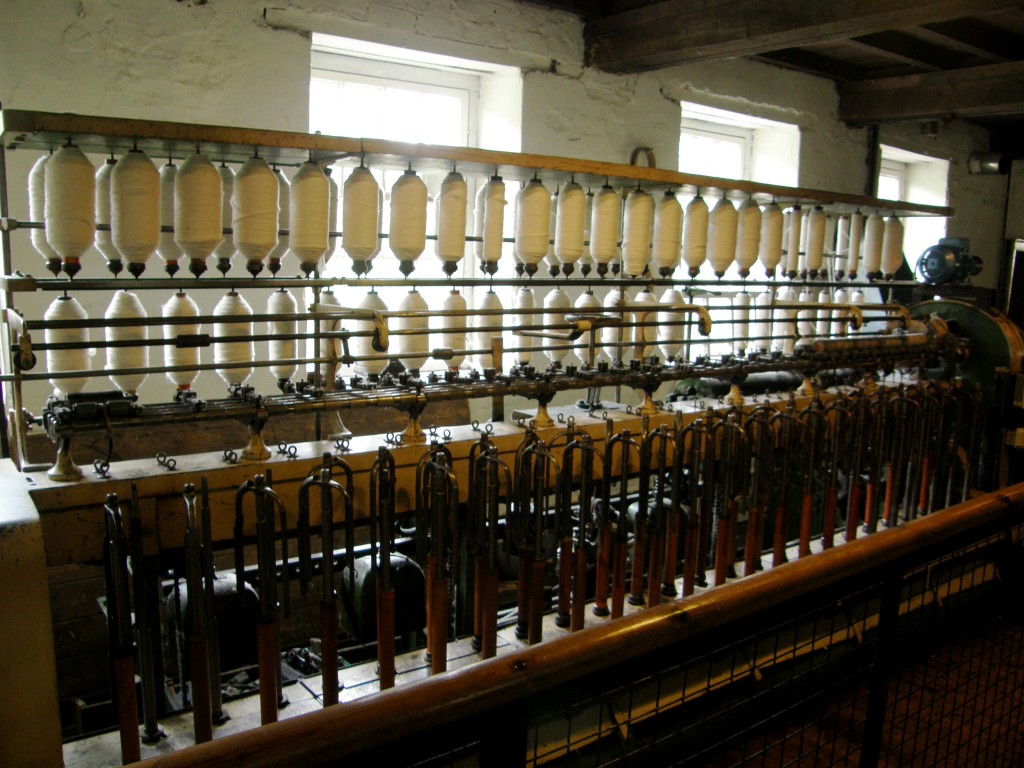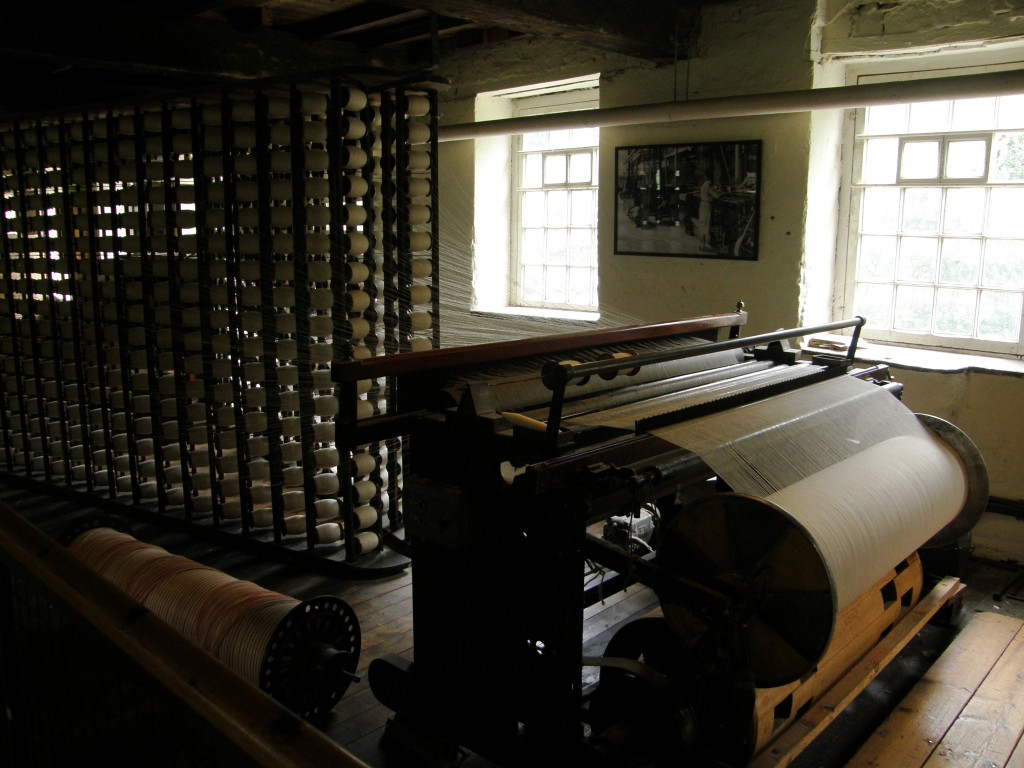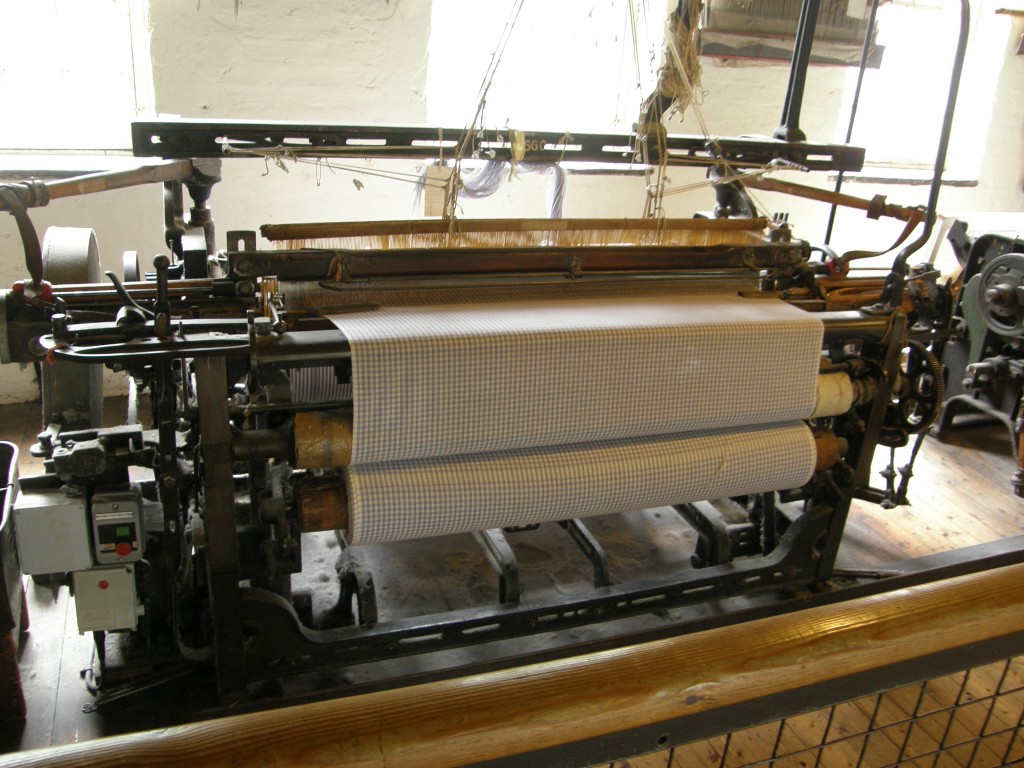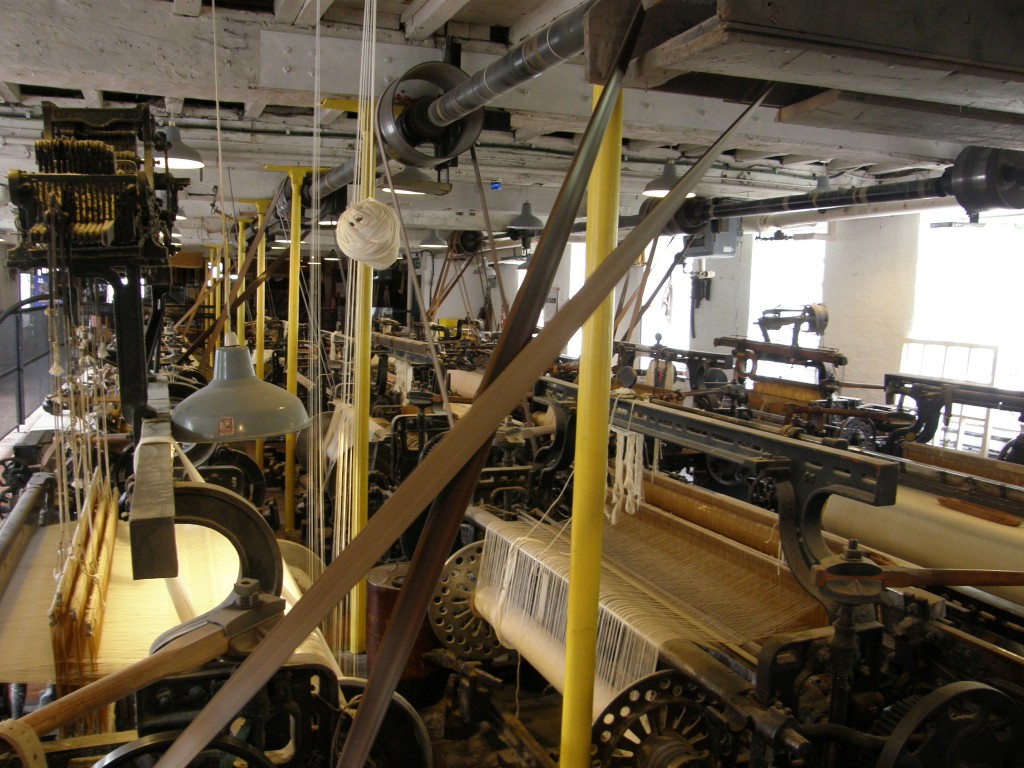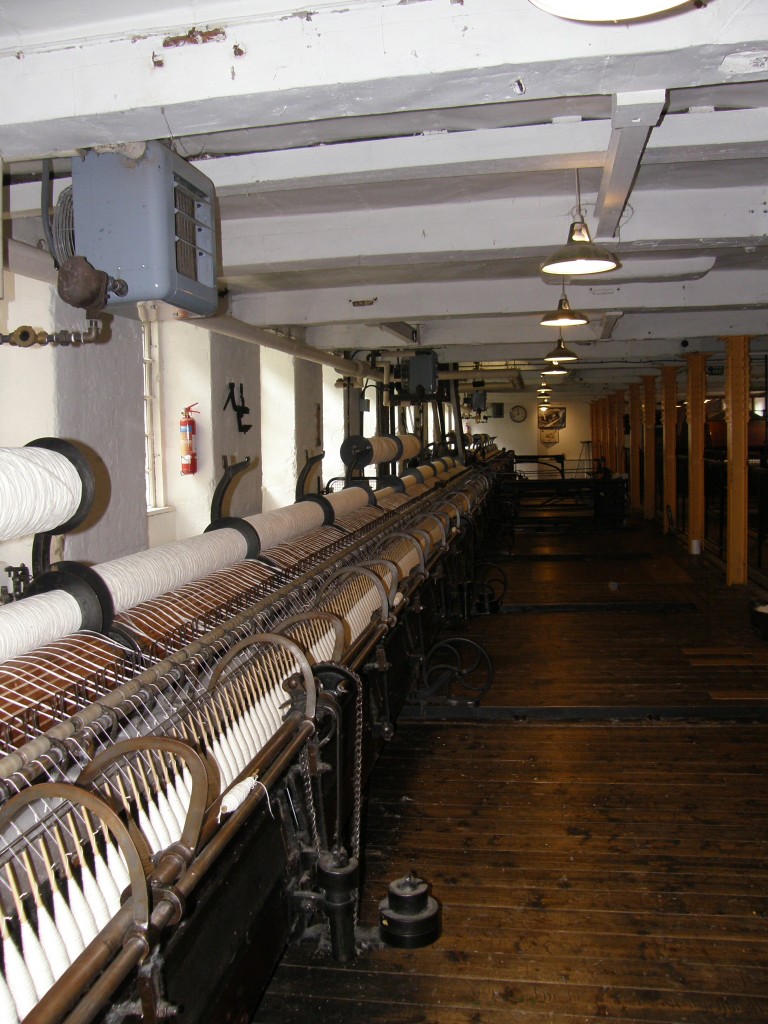On a recent afternoon I had one of those introversive episodes when I needed to get away from everyone, from the teach lóistín (“boarding house”) where I am staying, away from housemates, host family, school, and so forth. So I told my bean an tí (“landlady”) that I wouldn’t be home for dinner, got in my rental vehicle (an Opel Astra), and drove away.
My first and only planned stop was at a famine house in the northern precincts of An Cheathrú Rua which I had seen from our school bus when returning from one of our “tours”. Unfortunately, I discovered that the property is fenced off by a vicious looking barbed wire fence, so the photos I had hoped to take, and did take, are all from a distance. I’d hoped to go inside it and take some interior shots, but alas ….
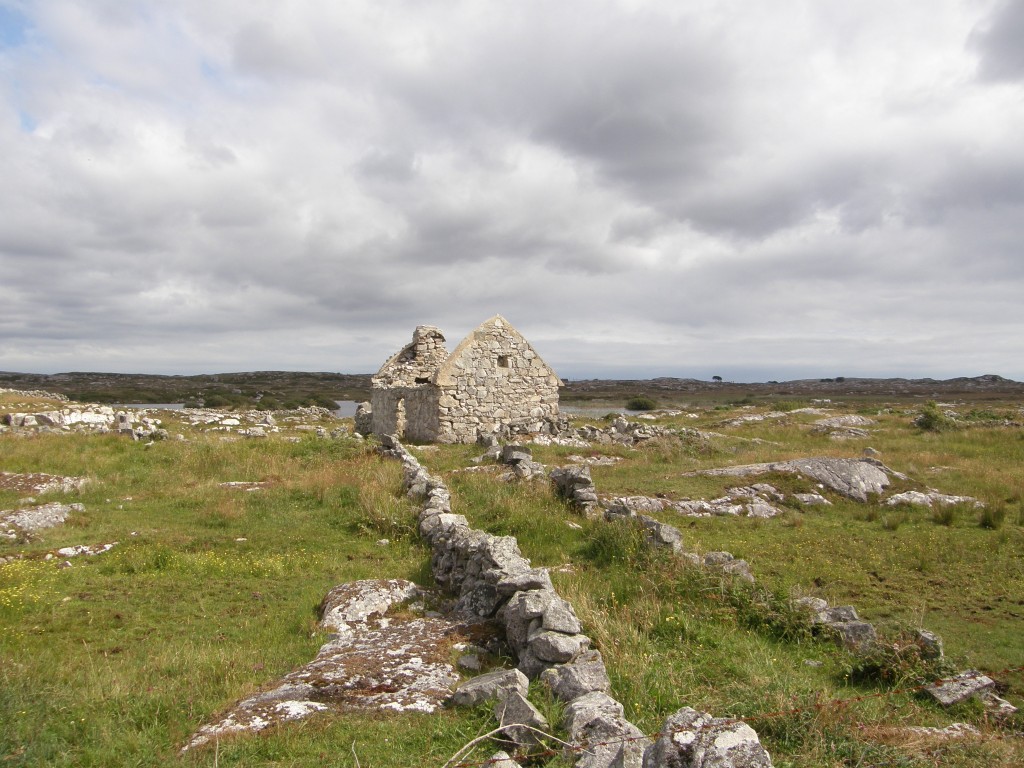
Famine House, An Cheathrú Rua
I then drove to what passes for a “main highway” in these parts; from an American perspective these are very narrow roads on which the Irish drive at unreasonably high speeds. I turned toward Leitir Moír, deciding on a moment’s notice that since I am familiar with the Irish folk song Peigín Leitir Móir (I can even sing part of it), I should be able to say that I’d been to the town. I have now been … it’s not much; it’s just a small Irish town with a “city center” consisting of a Roman Catholic church, a small park (and car park), a community activity center, and little grocery store. But the song is still catchy and fun – if you want to hear it, click here for a YouTube video of an Irish folk singing family singing it.
After Leitir Moír, I decided to go to Cloch na Ron (the Anglicized name of which is “Roundstone”, although the Irish actually means “rock of the seals”) and maybe have a bite to eat. That turned out to be a drive through “the bog” which is the area where locals “cut turf” to be used as fireplace fuel during the winter. I took some pictures of turf cutting along the way and enjoyed the views of the Twelve Bens which are the mountains of the Connemara. Lots of people go “hillwalking” among these mountains, a very popular holiday (vacation) activity for the Irish.

The Twelve Bens from Derryrush Road
It is estimated that bogs cover about one-sixth of the available land in Ireland, which gets more of its fuel from peat than any country except Finland. In Ireland, many families have an inherited right to cut turf for domestic use which has been handed down for hundreds of years. This inheritable right is called turbary.
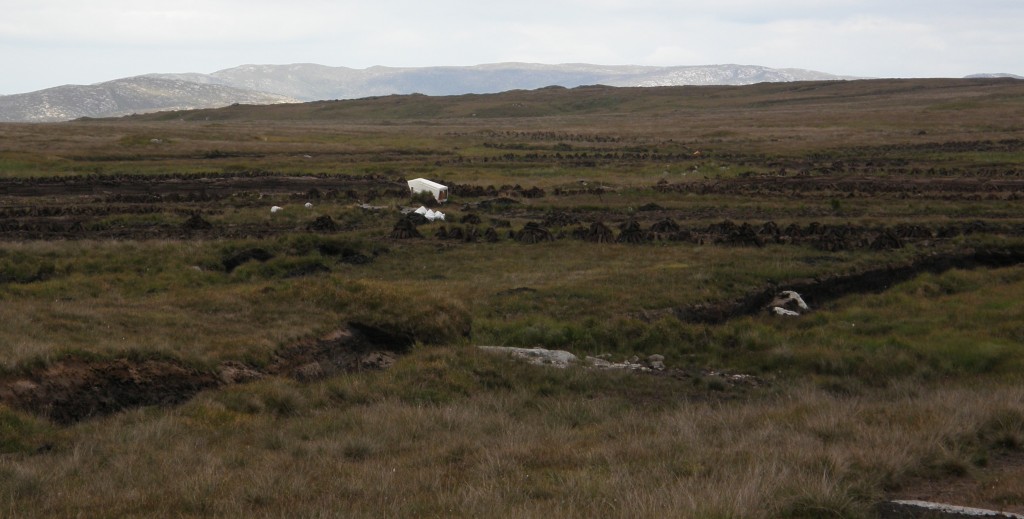
The Bog, Showing Family Turf Cutting or "Turbary" Areas
Here in the west of Ireland, the bog is technically a lowland blanket bog. These are unique in that they are formed in a rainfall-rich locale where the supply of minerals is kept up and the acidity down. The makeup of the bog material includes vegetation of many types.
According to tradition, turf is not cut until after St. Patrick’s Day after the March winds dry the boglands. Early May is generally the turf-cutting time in the West of Ireland, although it continues through the summer months and is still going on while I am here. My host family has gone out to the bog to cut turf, although I’ve been unable to go along because of classes a that the Acadamh. While driving the Derryrush Road from An Cheathrú Rua to Cloch na Ron, I witnessed an old man in rubber boots stacking footings and took the photos you see here. (In retrospect, I wish I’d pulled over – if I could have found a wide enough, dry enough spot to do so – and asked the old man about his activity … 20-20 hindsight!)
In some areas, before turf is cut the top layer of heather and roots is stripped; this can be done by the time consuming process of mowing the vegetation and then cutting back the top layer of soil, or by burning. Burning requires a permit, which is often difficult to obtain.

The Bog, Showing Turf Cutting "Ridge"
In this area, they don’t seem to strip the bog first. The top layer is fairly sparse here, so the turf is simply cut through the top surface. Generally, it takes one man a week of cutting to prepare a year’s worth of turf fuel.

Antique Slane (Modern Tools Have Steel Blades)
Turf cutting is done with a
sléan or slane, a long-handled turf spade with a shaped steel end. Slane styles vary from county to county. The direction of the cutting varies from place to place. In this area, turf is cut in a vertical direction; where the bog type is what is called a
red raised bog, it is cut in a horizontal direction.
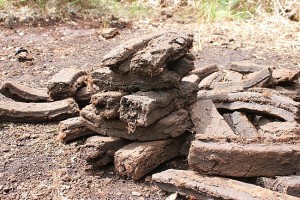
Dried Sods Ready to Burn in the Fire
The depth of a single piece of cut turf is called a
spit or a
bar. A vertical turf bank is measured in numbers of bars to a depth of a slane (twelve to eighteen inches in this area.) A good bank might be six bars deep; I’m told that a day in the bog is difficult work and taxes the strength of even the fittest person. The bog is very wet and the trenches created as turf is cut fill almost immediately with water; cutters usually wear high gum or rubber boots. The lowest row of bars is the wettest, but they say that when dried they make the best fuel.
The cut turf is removed to open ground to dry. The soggy sods, as the brick shaped cuttings are called, are laid out on the ground to dry for a week. They are then stacked upright into a footing which continues the drying procedure.

A Field of Footings Next to the Trench or Ridge from which they were cut

Close-Up of Footing
Once the footed turf is somewhat dry, sods are piled into a rickle. When it is finally dry, the turf is carried home to be stacked against an east-facing wall or in a covered shed for protection from westerly winds.

A "Rickle" or Pile of Turf Ready to be Transported Home
In the past, turf cutting was only fuel available to many families living in the Connemara, where it is illegal to cut it other than by hand. Many families still use turf for homeheating, although today it can be purchased in compressed briquettes in supermarkets throughout Ireland. I’m told that turf burns cleaner than coal; it has a very a pleasant smell which, together with the smell of mown heather, has come to really be the scent of Ireland to me. There’s nothing quite so comfortable as sitting by a turf fire on cold, damp day with a mug of tea (or in my case, coffee) in hand. I’m told that scones cooked over a turf fire have an especially lovely flavor – I’ve not had (nor do I anticipate having) that experience, but I can imagine that it is true.
After my drive through the Bog along Derryrush Road, I connected with one of the small “highways” of Ireland and made it to Roundstone, which was a bit of a mess. It is a fishing village turned vacation resort. One very narrow street along the waterfront, several B&Bs and a few pubs/eateries. It was a “mess” because next Thursday is the running of the Tour de Bog, a bicycle road race that begins and ends in Roundstone and they were setting up signs, starting/ending line, viewer stands, etc. Some guy with a trailer was trying park it on the main street where there was patently no space to park it! So a long line of cars waited about fifteen minutes for the fruitless maneuvering to end.
I finally parked in the free public parking area and walked to a local pub – had a pint of Smithwick’s ale with the barkeep, a woman about my age who bemoaned the Irish economy and the fact that at 6 p.m. on a Friday evening she had absolutely no business. For the first twenty minutes or so, I was the only customer in the place, then a French family entered and since they had very little English and she had no French, I served as translator.
I finished my beer, bade my new friends farewell – “Adieu!” and “Bon nuit!” to the French family, “Slan!” and “Oíche mhaith!” to the Irish tavern owner – headed back to the car where I noticed that the music shop of Malachy Kearns, reputed to be the best bodhran (Irish drum) maker in Ireland, was open.
I bought a bodhran there in 2005 when Evelyn and I made our first trip to Ireland. We also bought a CD that I really, really liked, but which we gave to a friend (after making a bootleg copy for ourselves, a copy which has since disappeared). I thought I might find another copy but, alas, the stock at Malachy’s store has been replaced with Celtic Woman and a bunch of touristy “moods” CDs that you can find in any Celtic-Gaelic store in the USA. So I bought nothing.
I headed back to An Cheathrú Rua, covering the same roads in the reverse direction (I thought “Jack the GPS” might take me a different route, but no). I got back to town just in time for a really good lecture on “the function of music in the Irish tradition” by Breandán Ó Madagáin, an elderly professor from NUIG. Old he may be, but he has a great singing voice. He really knew his stuff. I had a chance to talk with him briefly about my project and he gave me a copy of an ethnomusicology article he had written which references and briefly discusses the hymnal I’m working on.
After the lecture, I headed for home and bed.
